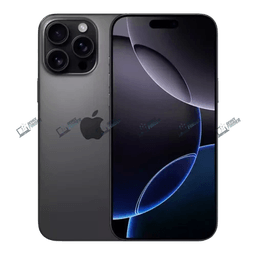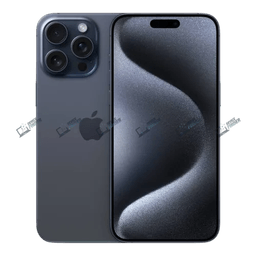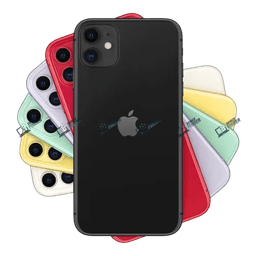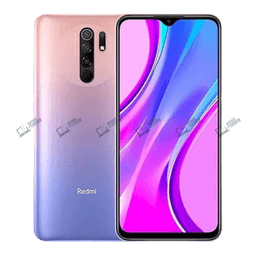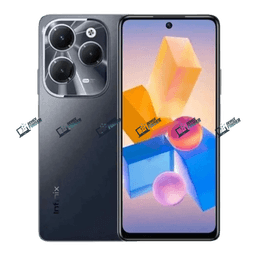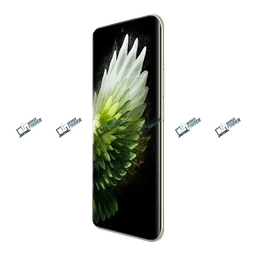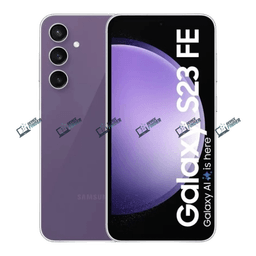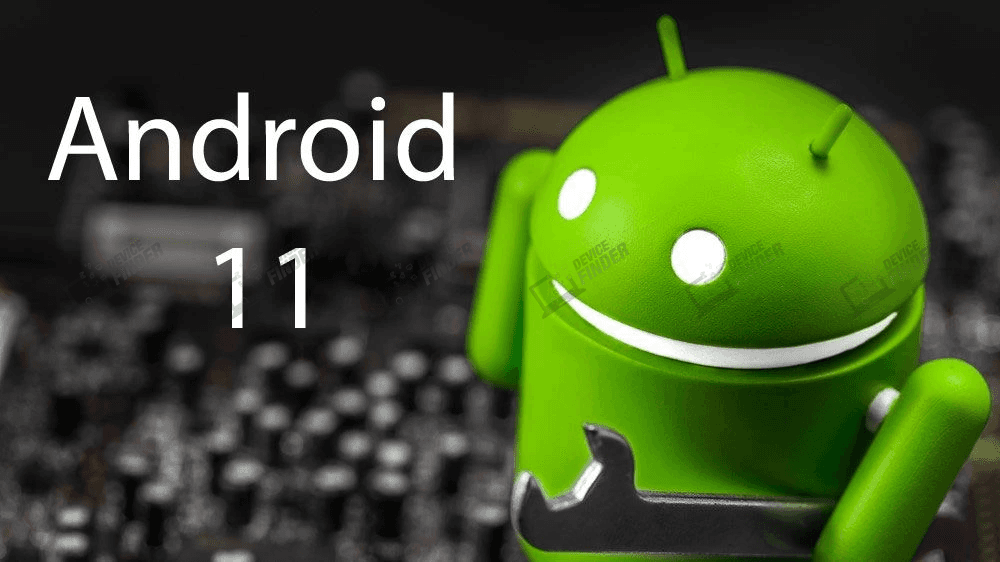
Android 11: Hidden Secrets and Smart Features
Android phones are very popular in every part of the world. People in Bangladesh, India, America, and many other countries use Android every day. These phones are easy to use, affordable, and full of smart features. Every year, Google makes a new version of Android to make phones better. Android 11 came before Android 12, 13, and 14, and it brought many useful tools that still help millions of people today.
Android 11 was not as colorful as Android 12, but it focused on making life simple, safe, and easy. Many features that started in Android 11 are still very important in later versions. Let us look at the hidden features, tips, and tricks of Android 11, and also see how people in Bangladesh can use them in daily life.
Smarter Notifications
One of the best things in Android 11 was the new notification system. Notifications are the small messages that pop up on your phone when you get a text, a call, or an update from an app. In Android 14, this system is even better. It is easier to use, looks cleaner, and gives you more control so you don’t get too many alerts at once.
In Android 11, conversations were given their own special place at the top of the notification list. This means if someone sent you a message on WhatsApp, Messenger, or SMS, you could see it right away without losing it among other alerts. You could also choose which people are more important. For example, you could set your family members or boss as priority, so their messages always came first. This saved time and reduced stress.
Chat Bubbles for Messages
Another cool feature was chat bubbles. This worked like Facebook Messenger’s “chat heads.” When you received a message, a small bubble appeared on the screen. You could open the chat while still using another app. For example, you could watch a YouTube video and reply to a friend without leaving the video. This was a very handy trick for people who loved chatting all the time. It made multitasking easier and faster.
Built-in Screen Recorder
Before Android 11, if you wanted to record your phone’s screen, you had to download an app. Android 11 made this easier with a built-in screen recorder. With newer versions, like Android 15, screen recording has become even more seamless, offering better quality and more options for users. You could record your gameplay, make tutorials, or even save funny moments from social media. Students in Bangladesh also found this very helpful during online classes. They could record lessons and watch them later when studying.
Better Media Controls
Listening to music or watching videos became easier in Android 11. Instead of searching for controls inside apps, Android 11 added media controls to the Quick Settings panel. This meant you could quickly pause, play, or change songs from the top of the screen. You could also switch sound between headphones, speakers, or even a smart TV. For music lovers, this was a small but very helpful change.
One-Time Permissions
Privacy is very important on smartphones. Many apps ask for permission to use your camera, microphone, or location. In older versions, once you gave permission, apps could use it all the time. Android 11 introduced one-time permissions. This means you could allow an app to use the camera or location just once. The next time, the app had to ask again. This gave people more control and made phones safer. With Android 16, these privacy features continue to evolve, giving users even finer control over app permissions and data access.
Auto-Reset Permissions
Another privacy tool was auto-reset permissions. If you did not use an app for a long time, Android 11 automatically removes its access to your data. This stops old apps from secretly tracking you in the background. For example, if you downloaded a shopping app but never opened it again, Android 11 would block it from using your location or camera. This saves battery and protects your privacy.
Power Button Smart Controls
Android 11 made the power button smarter. Normally, we press the power button to turn the phone on or off. But in Android 11, if you long-pressed the power button, a new menu appeared. This menu showed controls for smart home devices like lights, fans, or TVs. Even if you did not have smart devices, the menu also showed payment cards and shortcuts. This was a faster way to control important things from one place.
Improved Voice Access
Voice Access became better in Android 11. This feature was designed for people who want to control their phones using only their voice. It was very helpful for people with disabilities, but even normal users could enjoy it. Instead of tapping on the screen, you could simply say commands like “open YouTube,” “scroll down,” or “play music.” Android 11 understood these natural sentences better than before.
Built-in Screen Casting
Android 11 also improved screen casting. This feature lets you show your phone screen on a bigger device, like a TV or monitor. It became smoother and easier to use. In Bangladesh, families could use this to watch YouTube videos, movies, or photos together on a big screen. Teachers could also use it to explain lessons in classrooms.
Battery and Performance Improvements
Even though Android 11 focused more on privacy and notifications, it also improved battery life and performance. Apps that were not used often were controlled better, so they did not waste energy. Phones became faster and more reliable. For people in Bangladesh, this was very helpful because sometimes power cuts happen. A phone that saves battery is always a blessing.
Android 11 in Bangladesh
Android 11 was very useful for people in Bangladesh. Here are some examples:
-
Bangla language support was already strong, so typing and using apps in Bangla felt smooth.
-
Students used the screen recorder to save online lessons.
-
Workers and business owners liked the better privacy, especially when using apps like WhatsApp, IMO, or Facebook.
-
Families enjoyed casting videos and photos on big screens.
-
Battery improvements helped during load-shedding or when charging was not available.
Android 11 was not just about new features, it was about making life easier and safer for everyone.
Why Android 11 Felt Special
Android 11 may look simple compared to Android 12 or Android 13, but it was very special. It gave us tools that made phones more secure and more personal. Features like chat bubbles, one-time permissions, auto-reset permissions, and built-in screen recording were magical for everyday use. It was not flashy, but it was practical and helpful. For many people, Android 11 was the version that made smartphones feel truly smart.
Final Thoughts
Android 11 focused on small changes that made a big difference. Compared to Android 10, it felt smoother, safer, and more powerful. Compared to Android 12, it was simpler but still full of useful features. For people in Bangladesh and around the world, Android 11 made daily tasks like messaging, studying, and sharing much easier. It gave more privacy, better battery, and faster performance. The true magic of Android 11 was in the little details. It was a version that cared about the user, making phones feel more friendly and reliable.
FAQs About Android 11
Q1: Does every Android phone get Android 11?
No. Pixel phones got it first, and then other brands like Samsung, Xiaomi, and Oppo gave it later.
Q2: Is Android 11 safe?
Yes. One-time permissions and auto-reset permissions made it much safer than Android 10.
Q3: How do I check if I have Android 11?
Go to Settings → About phone → Android version. If it shows 11, then your phone has Android 11.
Q4: Will my old apps work on Android 11?
Yes. Most apps work. Only very old apps may need an update.
Q5: Does Android 11 save battery?
Yes. It stops apps in the background from using too much energy.
Q6: What is the main difference between Android 11 and Android 12?
Android 11 focused on privacy and notifications. Android 12 added more personalization and color with Material You.
